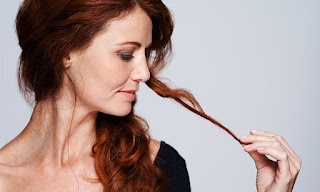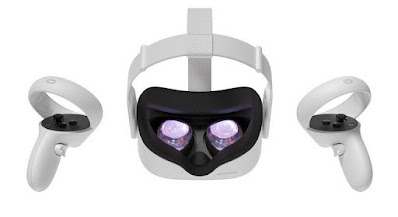Tips for Best Wet Cat Food in 2022
Our cats evolved from desert animals whose protein-rich diets were made up of all the rodents and birds they could catch. Today, of course, most of our cats live in houses and are not (we hope) catching their own food. So how do we know what’s best to feed them? In this article, we explore protein-rich options for the best wet cat food
Is Wet Food Better for Cats?
I’d always heard that wet food was better for cats than dry food, but Dr. Kornreich says that’s not always the case. There are reasons to feed both kinds of food, and it’s the quality of the food that’s important.
Here are some of the pros and cons of a wet-food diet.
Advantages:
Plenty of healthy moisture. Wet food provides hydration, which cats need. If your cat is not an enthusiastic water drinker, a diet of wet food can ensure that they get fluids.
Variety. While some cats insist on one flavor of food, others get bored easily. A variety of food encourages them to eat. Many wet foods come in small cans or packages and are sold as assortments, which makes it easy to keep your finicky eater interested at mealtime.
Texture. Whether your cat licks, nibbles, or gobbles, there’s likely to be a wet food that suits their style. Choose from patés, broths, chunks, and creamy gravies. Cats that have had serious dental issues that interfere with eating may appreciate those patés.
Disadvantages:
Feeding schedule. If you work long hours, you don’t want to leave a pile of wet food in a bowl. It can attract insects, plus it will be less appetizing—and unhealthy—in four hours. But if you feed small amounts of wet food and come home late, you’ll be greeted by a yowling, anxious cat.
Mess and odor. Wet food tends to be smelly and messy; you’ll need to wash bowls thoroughly every day.
Dental health. While some dry foods will help keep your cat’s teeth free from tartar, wet food has no cleansing effect. You will have to do some regular tooth care.
One issue to consider when feeding your cat wet food is what to do with cat food leftovers. They need to be refrigerated, but some cats will give you the stink-eye if you offer them chilled food. If your cat is OK with leftovers, keep in mind that wet cat food will last in the fridge for a week at the very most. After that, toss it. (Want to avoid waste? Freeze, then thaw, the leftovers.)
Selecting the Best Wet Cat Food
The wet cat foods that made our list contain these feline diet essentials:
High in animal protein
Moderate amounts of animal fats
Essential vitamins, minerals, fatty acids, and amino acids
Dr. Kornreich says that if your cat has health issues like diabetes or renal (kidney) disease, your vet may direct you to foods specially formulated for those conditions.
Be sure to select a food that is appropriate for your cat’s age, weight, and health status. Many brands offer breed- and age-specific formulas, as well as foods for animals with certain health conditions, such as urinary tract issues or weight problems.
Tips for Testing Out a New Wet Cat Food
If you are trying a new cat food on your furry little gourmand, be patient. It’s a good idea to do it slowly, first mixing a small quantity of the new food in with the old, then upping the proportion of new food every day or two. While your cat is adjusting, keep an eye on not just what they’re eating and their enthusiasm but how their stomach is handling it. In other words, watch for vomiting or diarrhea.
If your cat repeatedly turns their nose up at the new food, accept that you may have to back down or try another brand or formulation. A stubborn cat can refuse to eat altogether, which puts them a risk for hepatic lipidosis, a serious health condition.


Comments
Post a Comment